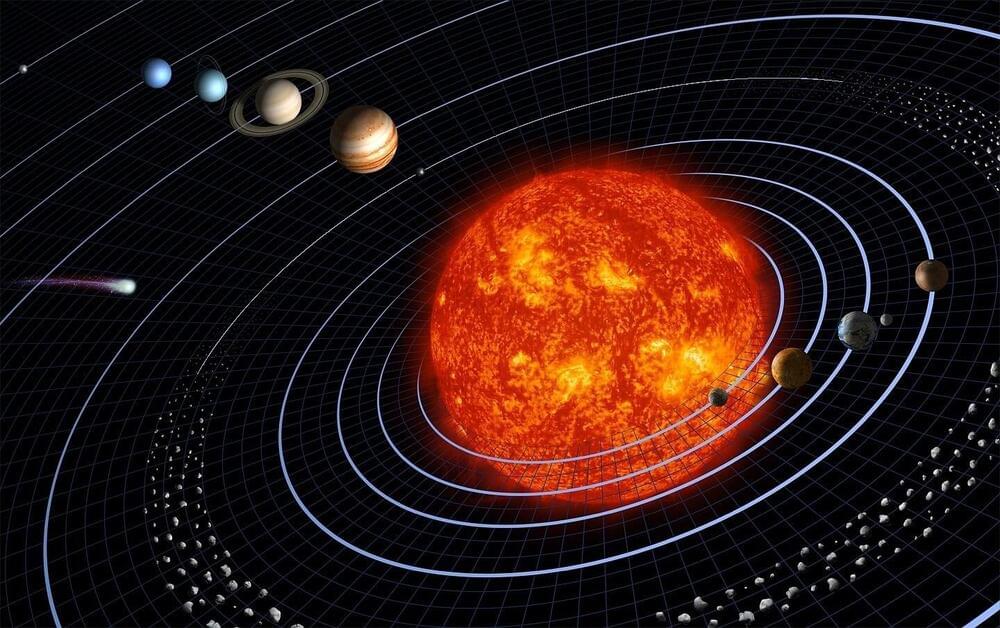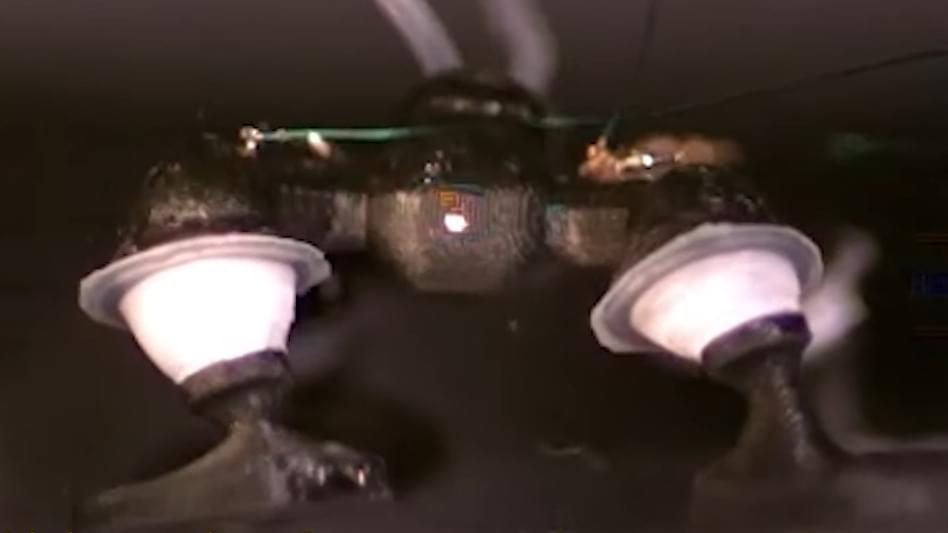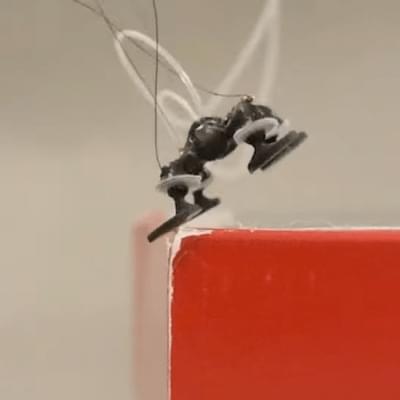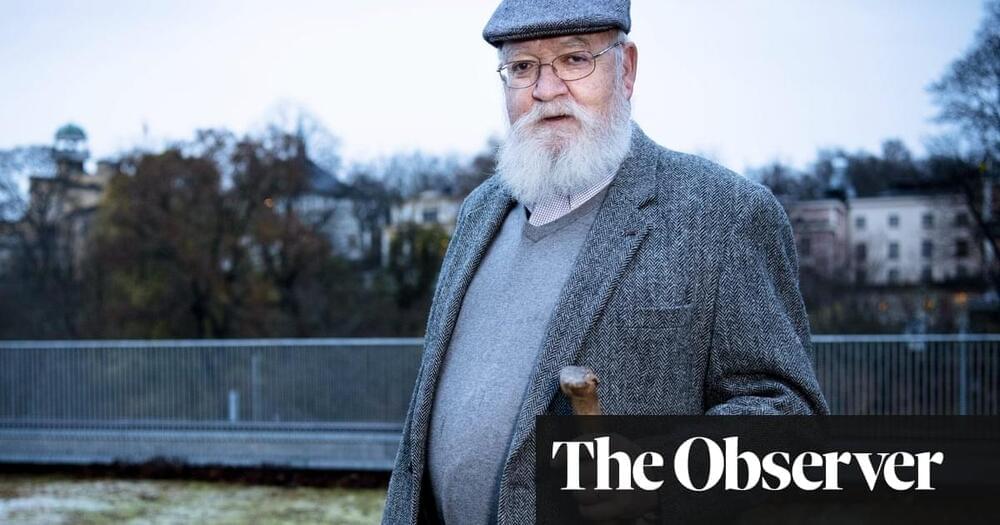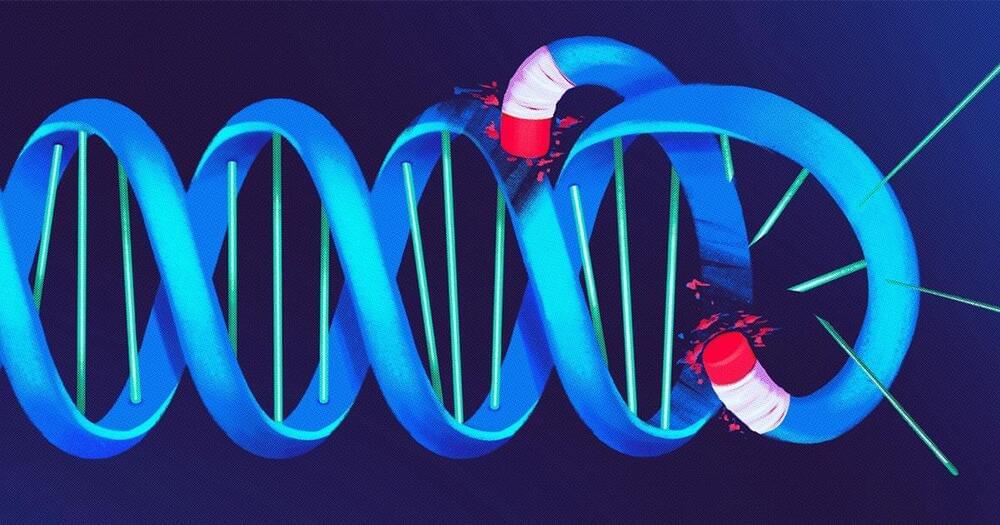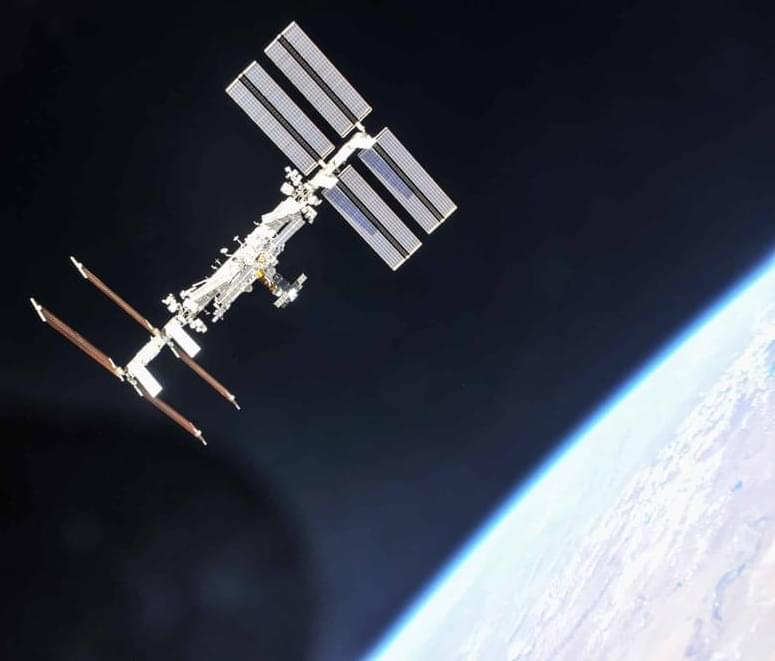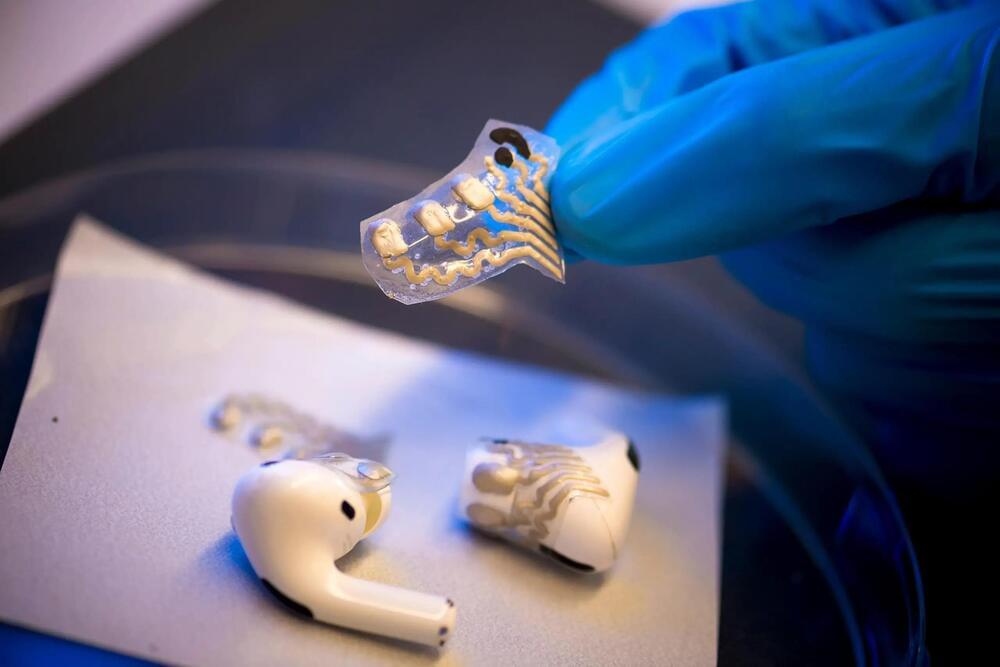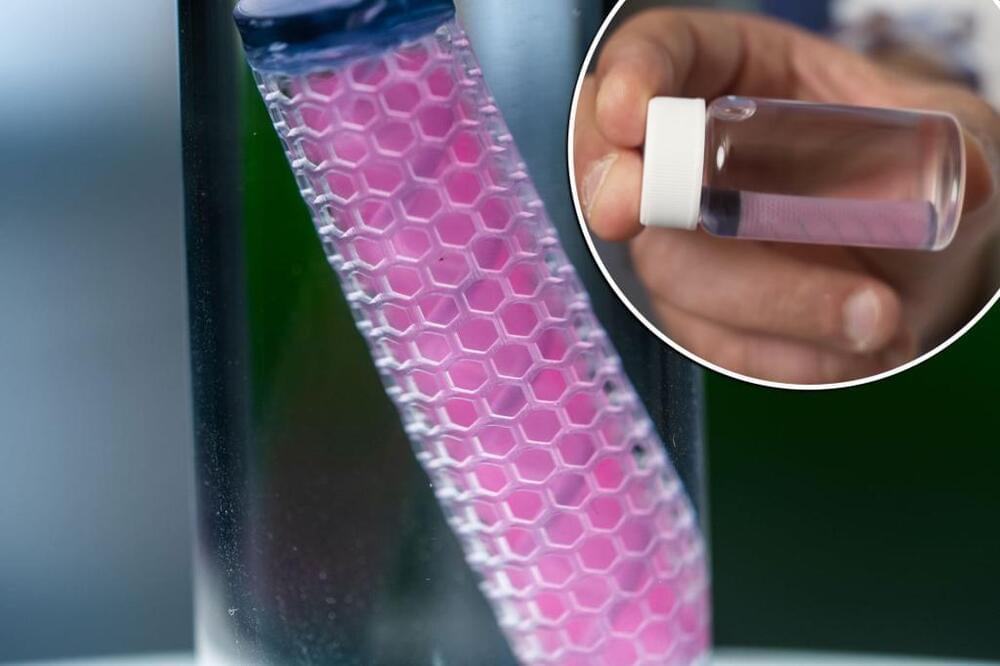India’s sun-monitoring spacecraft has crossed a landmark point on its journey to escape “the sphere of Earth’s influence”, its space agency said, days after the disappointment of its moon rover failing to awaken.
The Aditya-L1 mission, which started its four-month journey towards the center of the solar system on September 2, carries instruments to observe the sun’s outermost layers.
“The spacecraft has escaped the sphere of Earth’s influence,” the Indian Space Research Organisation (ISRO) said in a statement late Saturday.
